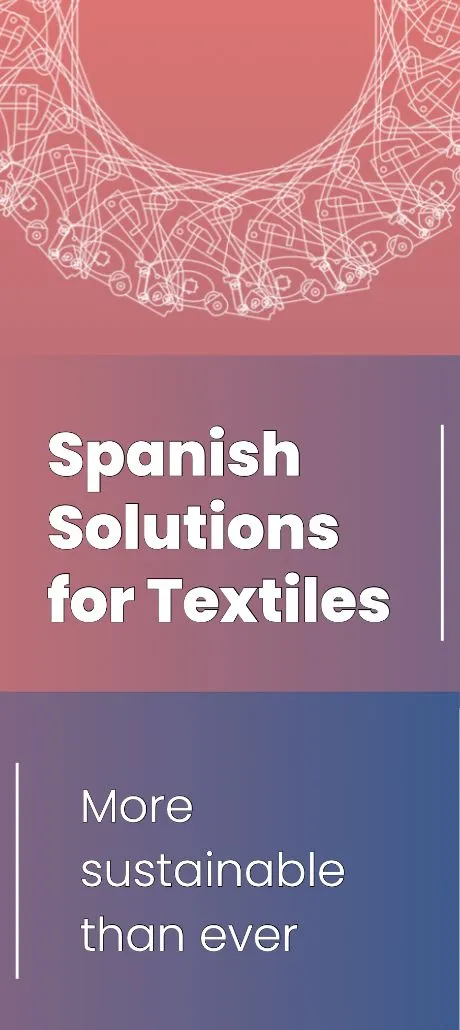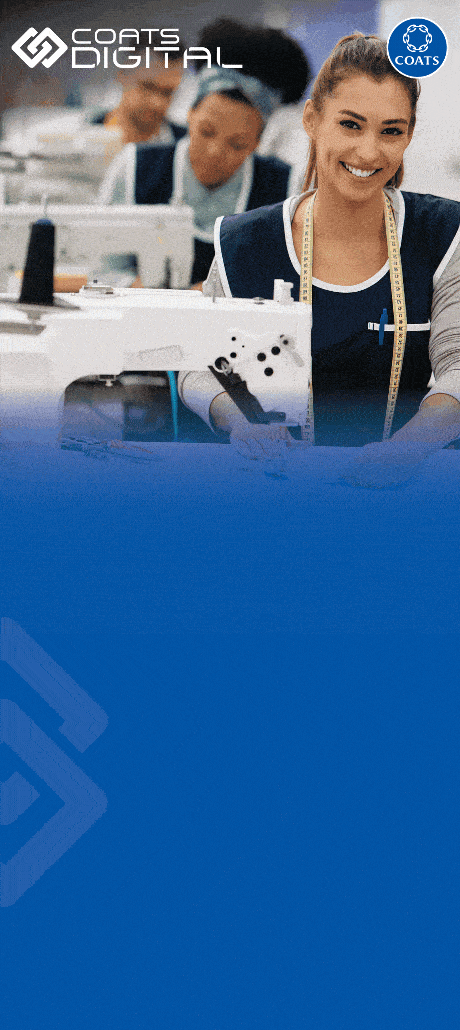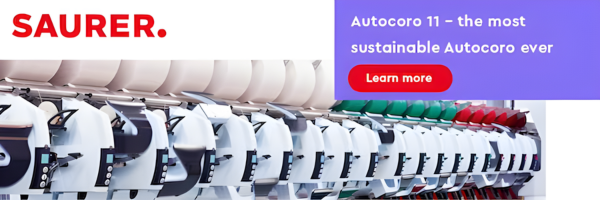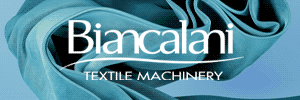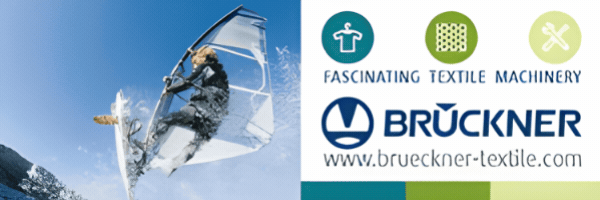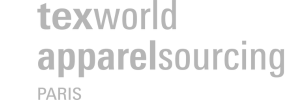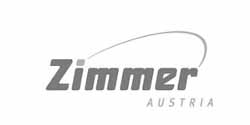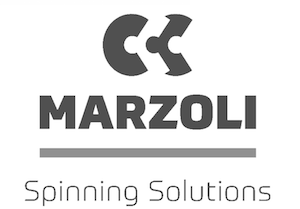Iran’s textile industry, with its centuries-old roots, has long been a cornerstone of the country’s clothing and interior design sectors. From traditional craftsmanship to high-quality natural fibers, Iranian fabrics have made their mark not only locally but also on global markets. Today, the industry blends traditional skills with modern technologies and business strategies to meet growing market demands.
This article explores key fabric manufacturers in Iran—from legacy players like Borujerd Textile to rising brands such as Elegant and Pars Decor. We’ll also examine the variety of domestic products, compare them with foreign imports, and highlight the economic impact of buying local.
1. Leading Manufacturers in Iran’s Textile Market
- Borujerd Textile (Vatan): Established in 1936, Borujerd is a pioneer in producing wool and “fastoni” fabrics. Renowned for its quality and durability, it remains a top choice in both domestic and international markets.
- Yazd Textile Group: Specializing in cotton and linen fabrics, this group leverages advanced technology and strict quality control, using local Yazd cotton to deliver comfort and performance.
- Iran Poplin: Famous for cotton and shirting fabrics, this company focuses on classic designs and fine materials, offering competitive alternatives to imports.
- Kashan Textile: With a reputation for producing silk fabrics rooted in tradition, Kashan’s elegant patterns continue to appeal to both designers and consumers.
- Emerging Brands – Elegant & Pars Decor: New players like Elegant (velvet and satin inspired by European styles) and Pars Decor (specializing in luxurious eveningwear fabrics) are reshaping the market with innovation and technology.
2. Rich Diversity in Domestic Fabric
Iran’s textile industry is defined by its wide range of high-quality fabrics:
- Termeh (Cashmere): A uniquely Iranian art form, often crafted in Kashan, characterized by intricate floral designs and long-lasting quality—ideal for high-end formal wear.
- Velvet: Produced in Yazd and Isfahan, Iranian velvet rivals Turkish and Italian options in texture and durability while offering a more affordable price.
- Silk: Lightweight and breathable, Iranian silk is ideal for hot weather and offers comfort with elegance.
- Suede: Both real and synthetic suede are produced domestically in cities like Tehran and Isfahan, providing a budget-friendly, quality alternative to imports.
3. Price and Quality Comparison: Domestic vs. Imported
Domestic fabrics are generally 20–40% cheaper than imported materials such as Turkish velvet or Italian suede. For instance, Iranian velvet costs around 150,000–250,000 tomans per meter, significantly lower than similar imported options.
While imported fabrics may offer variety in color and texture, Iranian textiles—especially traditional ones—hold their ground through durability and unique artistic patterns, increasingly meeting global standards thanks to modern production methods.
4. Economic Contribution of Iran’s Major Factories
Large textile manufacturers play a crucial role in Iran’s economy:
- Borujerd Textile alone supplies nearly 30% of the country’s woolen fabrics, blending old-school craftsmanship with contemporary tech.
- Yazd Textile Group and Iran Poplin also hold major shares in cotton and linen markets, benefiting from advanced machinery and adherence to global standards.
- These industries are vital job creators in cities like Borujerd, Yazd, and Kashan, supporting both direct and indirect employment.
5. Economic and Cultural Benefits of Buying Local
Choosing locally made fabrics provides several long-term advantages:
- Boosts National Value: Every meter of domestic fabric adds to Iran’s economic growth and self-sufficiency.
- Reduces Import Dependency: Sanctions and currency fluctuations make domestic production not just practical but essential.
- Preserves Cultural Heritage: Traditional crafts like termeh and silk reflect Iran’s identity and must be protected.
- Supports Small Businesses: Beyond factories, local textile demand supports logistics, marketing, and retail sectors.
6. Challenges and the Road Ahead
Despite its strengths, the industry faces hurdles:
Outdated machinery in some factories affects product quality.
Imported fabrics still attract consumers with new trends and designs.
To stay competitive, Iranian manufacturers must invest in management, marketing, and technology upgrades.
Outlook:
With growing government support and increasing interest in local goods, Iran’s textile industry has strong potential. Innovation, such as smart fabrics and eco-friendly materials, could be the next frontier for this deeply rooted sector.
Conclusion:
From traditional manufacturers like Borujerd to modern disruptors such as Elegant and Pars Decor, Iran’s textile industry is a fusion of heritage and innovation. By offering diverse, high-quality products and supporting the economy, local textile production proves to be more than just a cultural treasure—it’s a strategic national asset.


